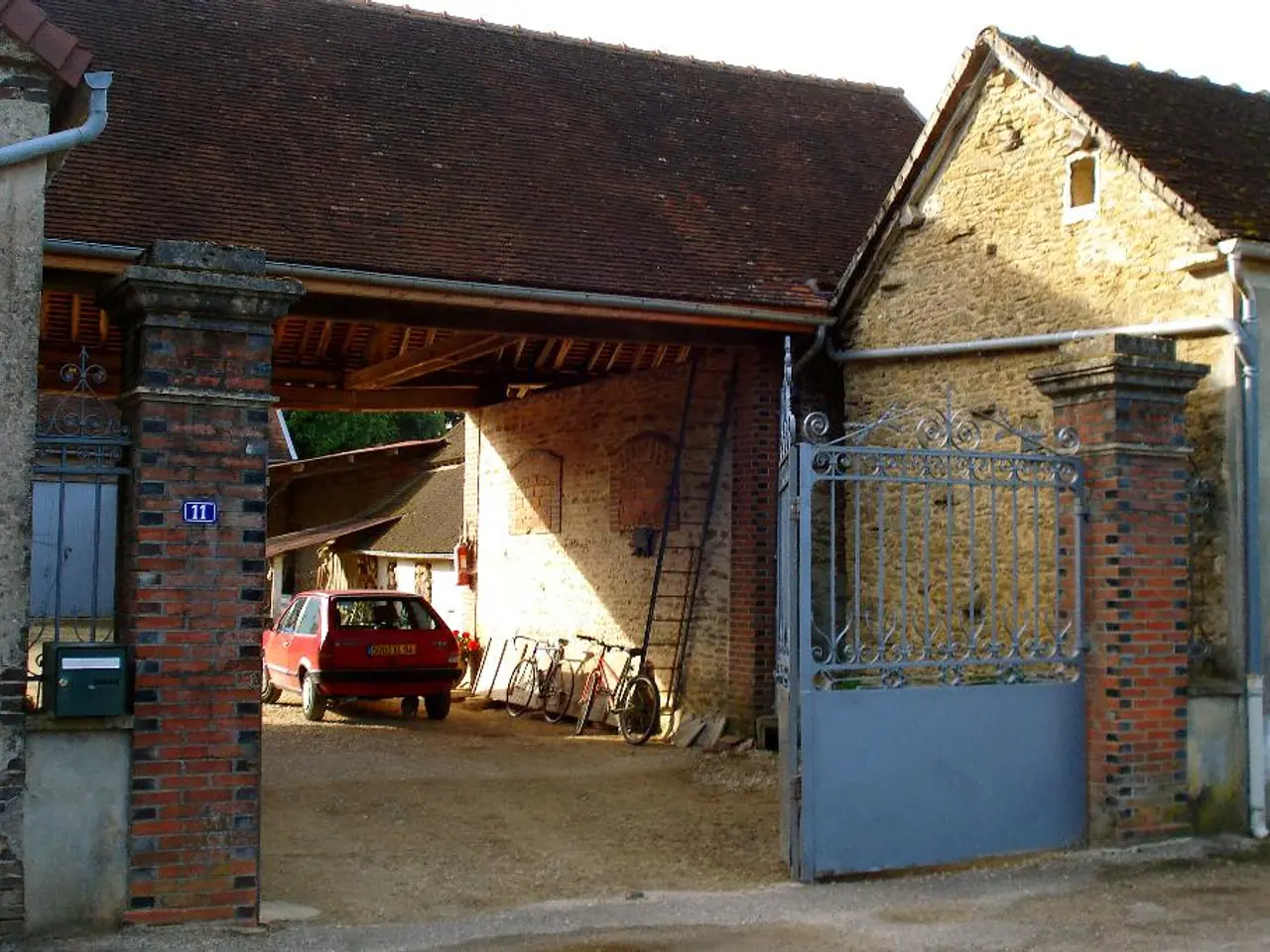Online buzz for Amazon's compact dwellings, dubbed 'tiny homes,' has surged, yet UK inhabitants may find themselves left out due to various reasons.
In recent years, the trend of tiny homes has gained significant traction, with companies like Amazon offering compact living solutions in the form of prefabricated kits. However, potential homeowners may face challenges when it comes to complying with regulations and securing planning consent.
Amazon, for instance, provides downloadable plans for various styles and functionalities of tiny homes, along with kits containing wall panels, roof panels, and flooring for self-build homes or annexes. Prices for these kits range from around $20,000 to as little as £8,000, making them an attractive option for those seeking affordable housing solutions.
However, it's important to note that these prefabricated homes may face difficulties in complying with building regulations, particularly Part L of the building regulations, SAP assessment, and the disabled access requirements under Part M. For example, a 20ft by 40ft portable prefabricated tiny home with two bedrooms, a bathroom, and kitchen is available, but whether it meets all the necessary requirements is uncertain.
Simon Rix, a professional planning consultant who started his career in local government in the 1990s and later founded Planix.UK Planning Consultants Ltd., advises that planning consent for a stand-alone Amazon Tiny Home may not be granted. This is due to the minimum room size standards and design/character of the area criteria that are typically imposed by local authorities.
Gaining planning consent for these tiny homes may be particularly challenging, as they are not classified as caravans, which could potentially navigate planning and building regulations under the Caravan Act. However, for a tiny home to be considered a caravan, it must be mobile and used for ancillary purposes to the main property, compromising its potential use as a permanent residence.
Mark Stevenson, a construction professional with over 30 years of experience, including roles as chief operating officer for Custom Build Homes and chair of the National Custom and Self Build Association, echoes Rix's sentiments. Stevenson warns that using a tiny home as a permanent residence could be challenging due to regulatory requirements.
Despite these challenges, the market for prefabricated tiny homes continues to grow, with a range of options available. For instance, a 30x20ft mobile expandable plastic prefabricated house with kitchen and bathroom is available in a range of colours. Another option is a 19x20FT prefabricated tiny house that features lockable doors and windows, an outdoor storage shed with a restroom, a kitchen with cabinets and sink, outlets, and light switches.
However, it's crucial for potential homeowners to thoroughly research the regulations in their area and consult with a planning consultant before making a decision. With the right information and preparation, the dream of owning a compact, affordable, and eco-friendly home could become a reality.
Despite the lack of search results providing information about Amazon Tiny Houses or their approval for permanent residential use in the UK, the company's entry into the market signals a growing interest in tiny homes and a potential shift in the housing landscape. As more companies enter this space, it's likely that regulations will evolve to accommodate these innovative living solutions.
Read also:
- Upcoming iPhone Model: What We Understand Thus Far
- Diversity Among Varieties of Green: Each one has its uniqueness
- Top Trends: TheCompilation of Up-to-date Information in the World of Data News
- Renowned reproductive medicine expert, Dr. Nirmala Sadasivam, honored with the distinguished Dronacharya Award for dedicating 36 years of her career.








